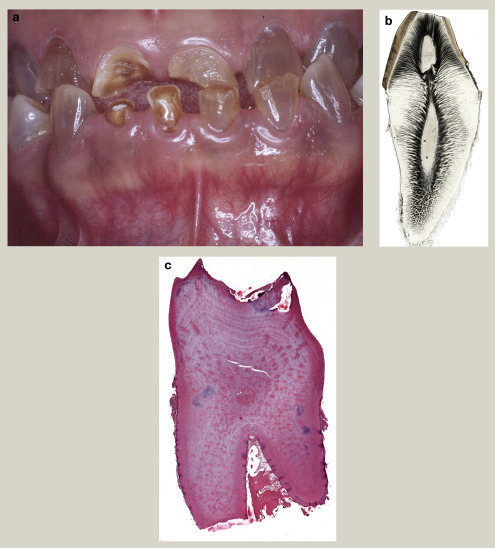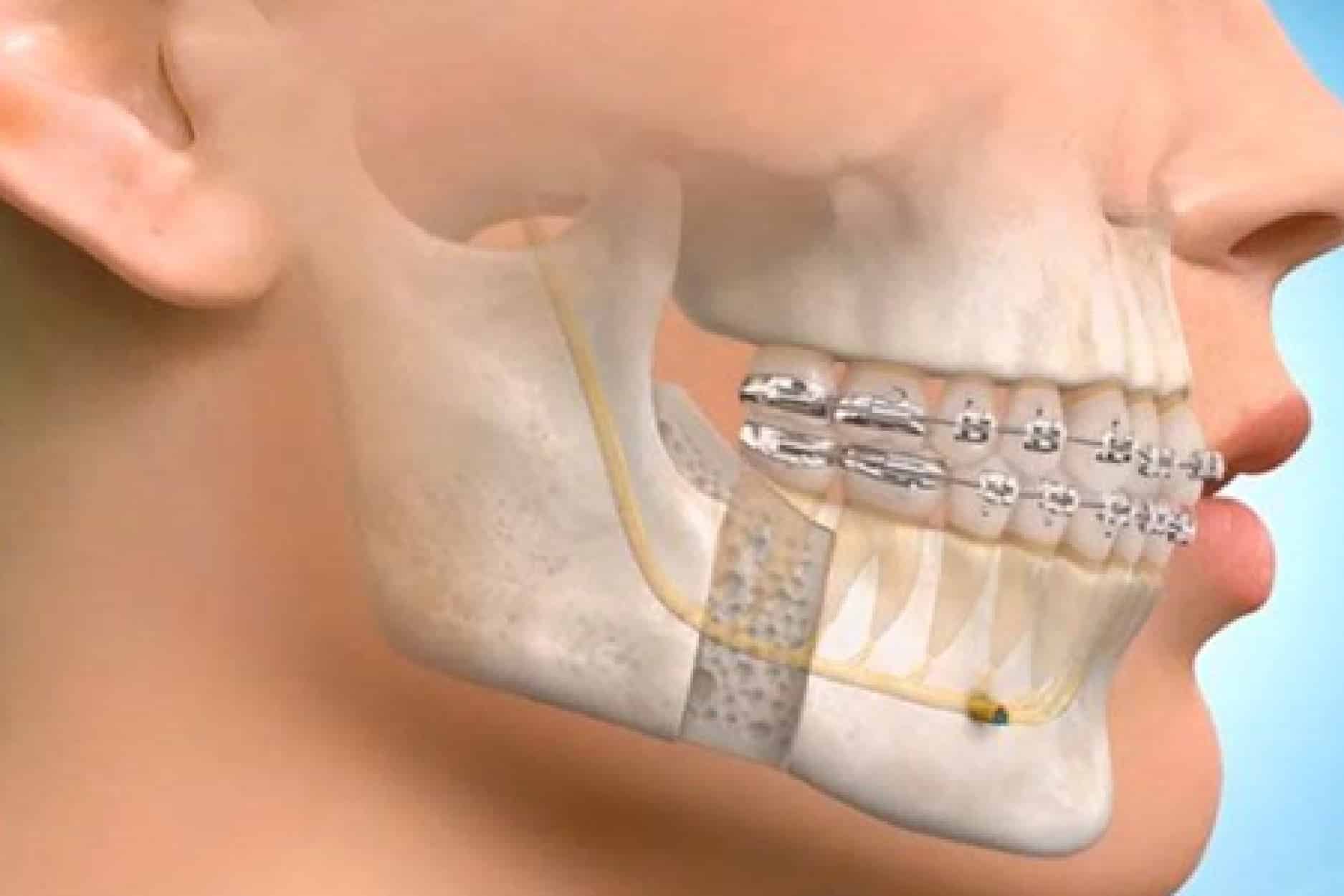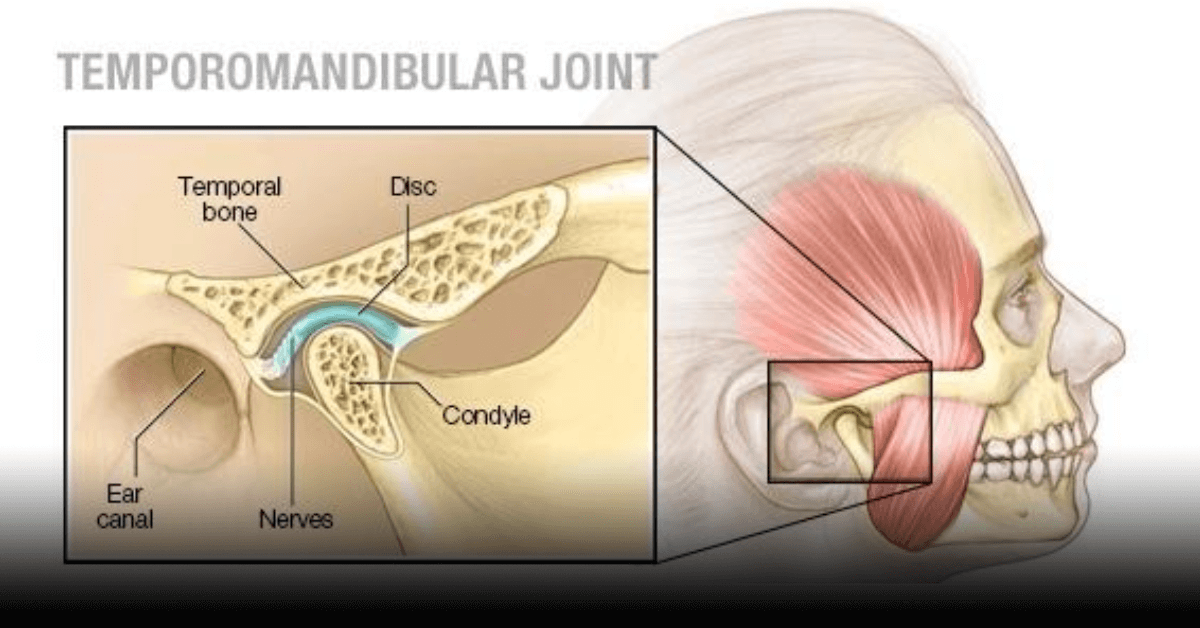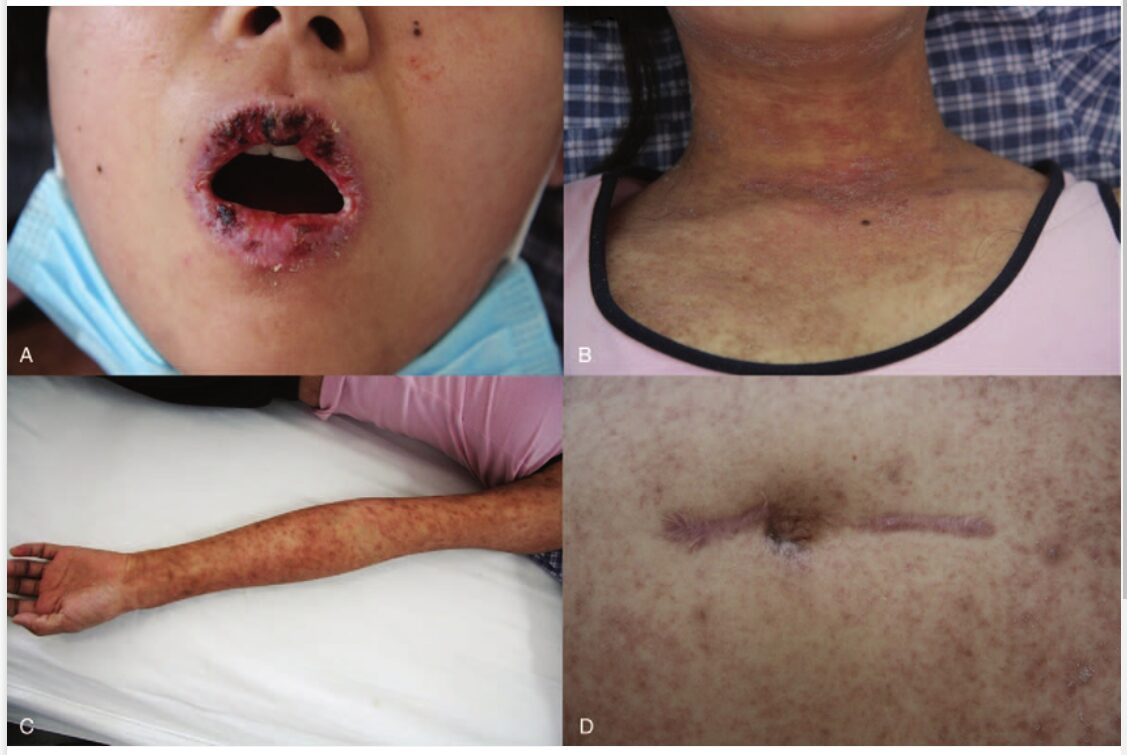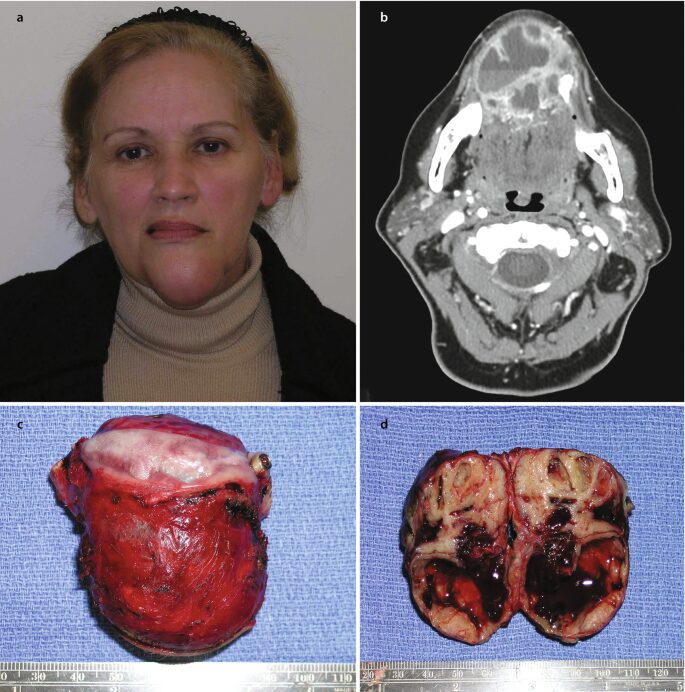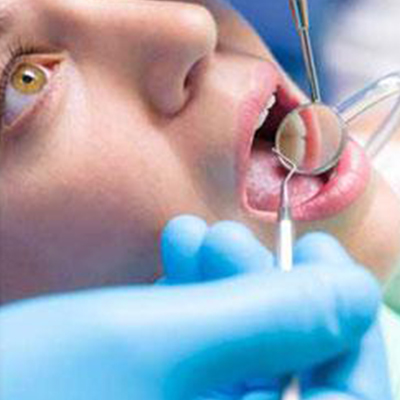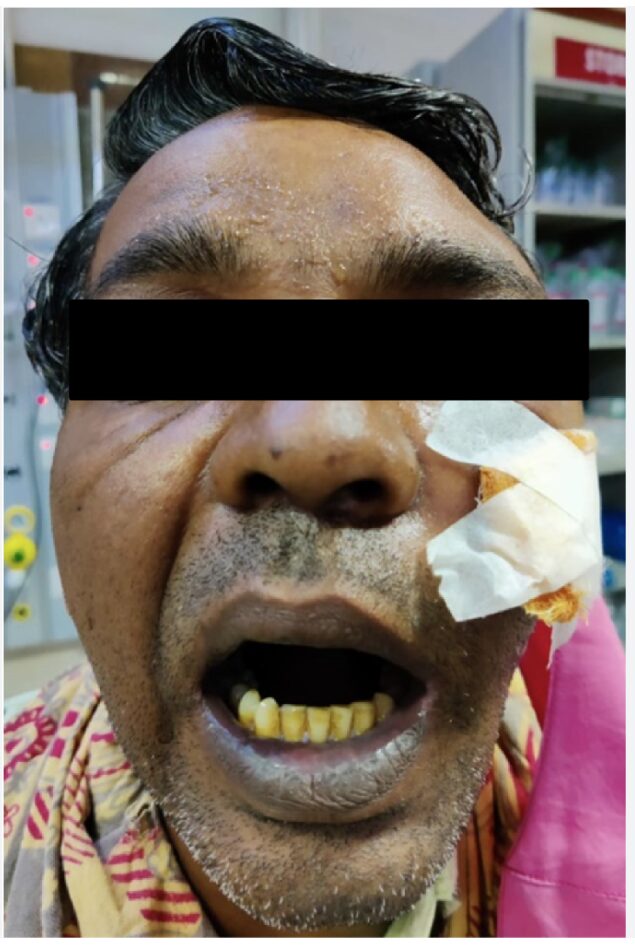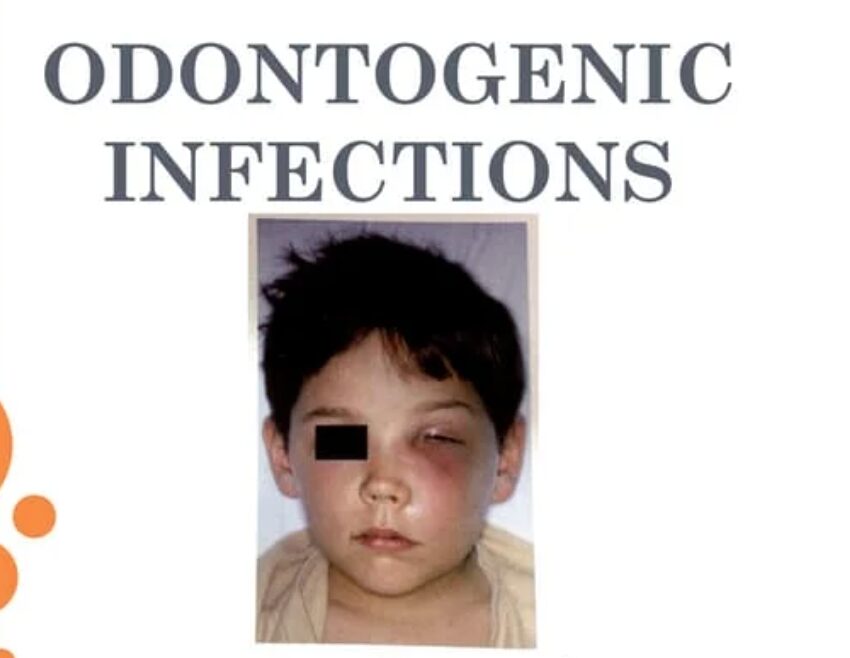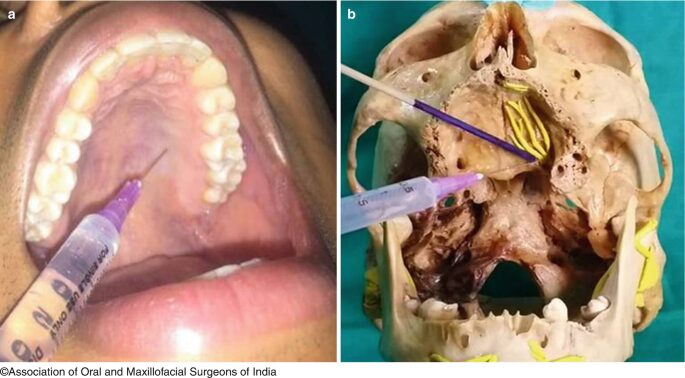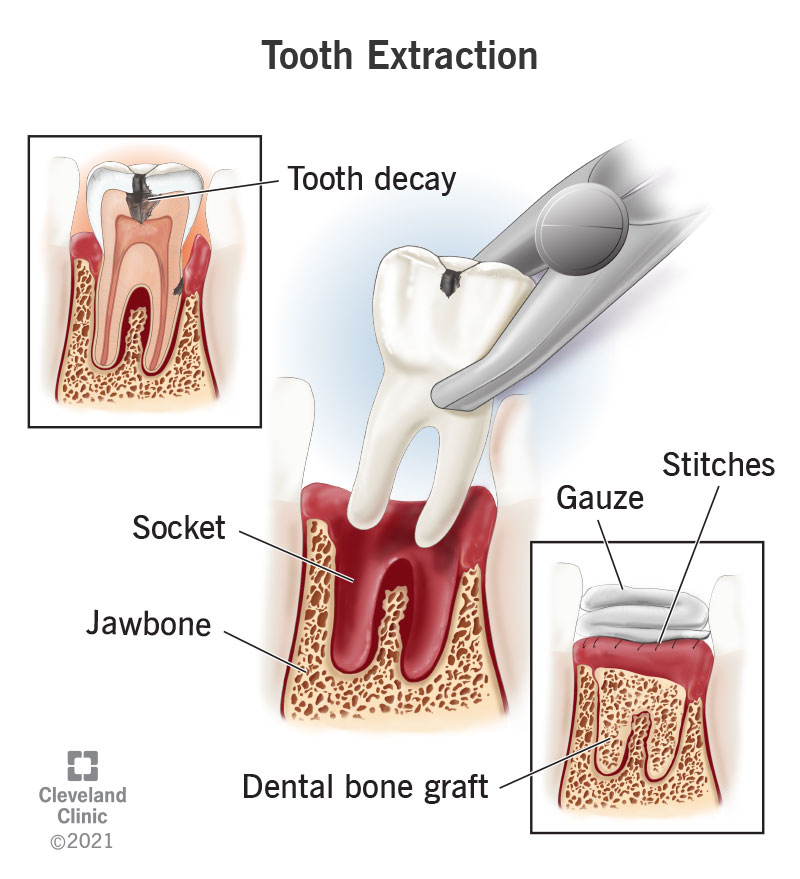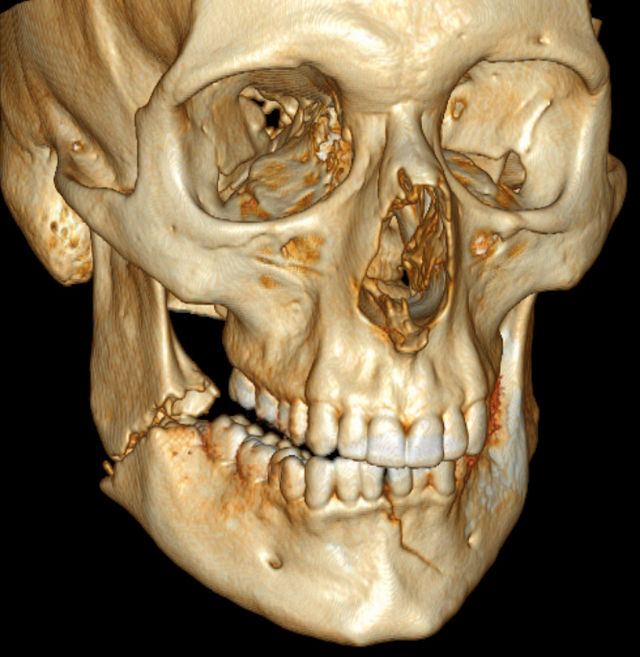In this Post you will be able to take quiz containing important MCQs of Cardiopulmonary Resuscitation & Airway Maintenance. Correct Answers are Marked in Bold and Blue colour.
Cardiopulmonary Resuscitation and Airway Maintenance Multiple Choice Questions
1. If efforts in cardiopulmonary resuscitation are effective, there will be:
Answer: A. Constriction of pupils
B. Dilatation of pupils
C. Immediate hypertension
D. None of the above
2. During CPR, sternum should be depressed:
A. Two inches every 5 seconds
Answer: B. 2 inches every second
C. 1 inch every 10 seconds
D. 3 inches every 5 seconds
3. In external cardiac compressions, the compression relaxation cycle should be repeated:
A. 100 times per minute
B. Twice per second
Answer: C. 60 times per minute
D. 80 times per minute
4. Of the following, which is the first step when initiating cardiopulmonary resuscitation?
Answer: A. 60 times per minute
B. To establish an airway
C. A precardial thump
D. None of the above
5. Which of the following may result due to interruptions in cardiac compression?
A. Little changes in blood flow and blood pressure
Answer: B. A reduction of blood flow and blood pressure to zero
C. Carbon dioxide buildup in the lungs
D. None of the above
6. Which of the following is true of cardiopulmonary resuscitation?
A. Compression to ventilation ratio in two person CPR is 5:1
B. Compression to ventilation ratio in single person CPR is 15:2
C. Compression should be 60-80 per minute in adults
D. Compression should be 100 per minute in children
Answer: E. All of the above
7. The primary airway hazard for an unconscious patient in a supine position is:
Answer: A. Tongue obstruction
B. Bronchospasm
C. Laryngospasm
D. Aspiration
8. Among the following, which is the rescue breathing in adult?
A. 6 times/min
B. 18 times/min
Answer: C. 12 times/min
D. 24 times/min
9. Which is the best method to counteract severe acidosis following cardiopulmonary resuscitation?
A. Administration of adrenaline by IV route
Answer: B. Administration of sodium bicarbonate IV
C. Administration of adrenaline IM
D. No treatment is necessary because it is self limiting
10. Universal distress signal, characterizing the obstructed airway in a conscious adult is:
A. Rapid heavy breathing
Answer: B. Victim’s hand at his throat
C. Violent choking
D. Violent thrashing of the victim’s arm
11. Which of the following is the first manifestation of complete respiratory obstruction?
Answer: A. Pronounced retraction of intercostal and supraclavicular spaces
B. Prolonged expiration
C. Cyanosis
D. No changes in the patient
12. Among the following which always indicates obstruction to the airway?
A. Increased respiratory rate
B. Increased pulse rate
Answer: C. Stertorous breathing
D. Decreased blood pressure
13. Of the following which indicates early oxygen want?
A. Cyanosis
B. Increased Pulse rate
C. Bradycardia
Answer: D. Both A and B
14. During CPR, the chest compression should be:
Answer: A. 2 inch per second
B. 1 inch per second
C. 2 inch per 5 seconds
D. 1 inch per 5 seconds
15. In CPR, if one incorrectly applies pressure over the xiphoid process, the following may be injured:
A. Heart
Answer: B. Liver
C. Spleen
D. Lungs
16. In patients on artificial ventilators, the cycle of exhaled air ventilation should be repeated every:
A. 20 seconds
B. 10 seconds
Answer: C. 5 seconds
D. 1 second
17. In artificial ventilation, it is commonly recommended that the rescuer deliver a resting tidal volume that is:
A. four times the normal
B. three times the normal
Answer: C. twice the normal
D. normal
18. Among the following which factor is strongest stimulator to increase the respiration?
A. Decrease in venous oxygen
B. Increase in blood pH
Answer: C. Increase in arterial carbon dioxide
D. Decrease in arterial oxygen
19. During the treatment of shock, jugular venous pressure (JVP) should be maintained in the range of:
A. 15-20 mm Hg
B. 5-10 mm Hg
Answer: C. 10-15 mm Hg
D. 2-5 mm Hg
20. On examination, it is noted that a patient requires 5-6 seconds to rapidly and completely exhale after a deep inspiration. He may be suffering with:
A. Upper airway disease
Answer: B. Advanced pulmonary disease
C. Severe cardiovascular disease
D. Normal exhalation time
21. In a patient of maxillary facial trauma, wherein the fracture of cervical vertebrae has not been ruled out, what should be given?
A. Laryngoscopy and intubation
Answer: B. Fibreoptic intubation
C. Combitude
D. Laryngeal mask airway (LMA)
22. In a trauma patient with intra oral bleeding, best way to secure airway is:
A. Awake blind intubation
Answer: B. Awake fibreoptic intubation
C. Tracheostomy
D. Cricothyrotomy
23. Best method of intubation in patient undergoing treatment for oral surgery under GA is:
A. Laryngeal mask airway (LMA)
B. Orotracheal tube
Answer: C. Endotracheal tube
D. Tracheostomy
24. Airway maintenance in major oral surgical procedures:
Answer: A. Cuffed nasotracheal RAE tube
B. Uncuffed nasotracheal RAE tube
C. Kinked endotracheal tube
D. Armoured nasotracheal tube
25. In a patient with Le fort II, Le fort III, and nasoethmoid fracture, what is the choice of intubation?
A. Oral
B. Oral and nasal
C. Nasal only
Answer: D. Submental
26. Nasotracheal intubation is contraindicated in:
A. Le fort I
B. Maxillary sinusitis
C. Parietal bone fracture
Answer: D. Le fort II and Le fort III fracture
27. In basal skull fracture which approach is not used?
Answer: A. Nasal intubation
B. Oral intubation
C. Submental intubation
D. Retromolar intubation
28. The nasal intubation is avoided in patients with:
Answer: A. Ethmoid fracture
B. Maxillary fracture
C. Frontal fracture
D. Mandibular fracture
29. All of the followinng are complications of tracheostomy EXCEPT:
A. Vocal cord paralysis
Answer: B. Retrobulbar hemorrhage
C. Tracheal stenosis
D. Tracheo-oesophageal fistula
30. To perform tracheostomy entry should be made at the:
Answer: A. Cricothyroid ligament
B. Thyroid membrane
C. Thyroid notch
D. Cricoid cartilage
31. In an elective tracheostomy, the entry should be made:
A. Above the cricoid
Answer: B. Below the cricoid
C. Through the cricothyroid membrane
D. Laterally below the thyroid cartilage
32. Excessive pressure at angle of mandible during establishment of patent airway damages the:
A. 5th cranial nerve
Answer: B. 7th cranial nerve
C. 8th cranial nerve
D. 9th cranial nerve
33. In case of general anesthesia, true statement for throat pack:
A. Well tolerated by awake patients
B. Should be removed before extubation
C. Remains after surgical procedure till healing
Answer: D. Is not necessary with cuffed endotracheal tube
34. Which of the following is not true about throat packing in oral surgery?
Answer: A. Done when patient is awake
B. Should be done after induction of GA
C. Prevents soiling of the trachea
D. Prevents contamination of pharynx
35. True regarding throat pack in oral surgery:
A. Given to all patients undergoing oral surgery
B. Given to patients intubated with cuffed oropharyngeal tubes
Answer: C. Given to patients intubated with uncuffed oropharyngeal tubes
D. Given to all patients intubated with Laryngeal mask airway
36. Which type of endotracheal tube (ETT) is preferred for submental approach in complex NOE and zygomatic fracture?
A. Metallic ETT
Answer: B. Flexible silicone ETT
C. PVC ETT
D. pre curved metallic ETT
37. All are indication of fibreoptic tube intubation EXCEPT:
A. Previous difficult intubation
Answer: B. Previous intubation easy
C. Congenital abnormalities
D. Anticipated complication of airway management
38. Nasal RAE tube in children:
A. Can be done in basal skull fracture
B. Postoperative period iintubation
C. To keep surgical field free during surgery
Answer: D. Enables to treat cleft palate
39. In a patient of TMJ ankylosis requiring gap arthroplasty surgery, which type of tube is indicated for intubation?
Answer: A. North pole RAE
B. South pole RAE
C. PVC coated
D. Tracheostomy tube
40. A paediatric patient is brought to the clinic for interpositional arthroplasty procedure. The best method of intubation is:
A. Topical anesthesia and sedation
B. GA
Answer: C. Fibreoptic intubation
D. Tracheostomy
41. Ideal method of intubation in a patient with bilateral TMJ ankylosis and retruded mandible is:
A. Direct laryngoscopy
B. Conventional laryngoscopy
C. Tracheostomy
Answer: D. Video laryngoscopy
42. Which of the following is not an indication of tracheostomy?
A. Comatose patients
B. Upper airway obstruction
Answer: C. Lower airway obstruction
D. Maxillofacial injuries
43. False about tracheostomy is:
A. Work of breathing reduced.
Answer: B. Increased dead space.
C. Increases lining secretions.
D. Decrease dead space.
44. In an emergency situation where can the intubation be done when the thyrohyoid membrane has to be penetrated?
A. Below cricoid
Answer: B. Below thyroid
C. Above thyroid
D. At the isthmus region
45. Cricothyroidotomy is contraindicated in:
Answer: A. Age below 5 years
B. Age between 15-20 years
C. Age between 20-30 years
D. Age between 30-40 years
46. Vertical incision in tracheostomy is done in:
Answer: A. Emergency tracheostomy
B. Elective tracheostomy
C. Both in emergency and elective tracheostomies
D. Vertical incision cannot be given in any of the tracheostomies
47. Which is not true about tracheostomy ?
A. Indicated in airway obstruction
Answer: B. Tracheostomy as an adjunct in ventilated comatose patients
C. To prevent aspiration of fluids
D. In bronchoscopy of a neonate
48. Standard airway for Ludwig’s angina:
A. Tracheostomy
Answer: B. Cricothyrotomy
C. Nasal intubation
D. Oral intubation

